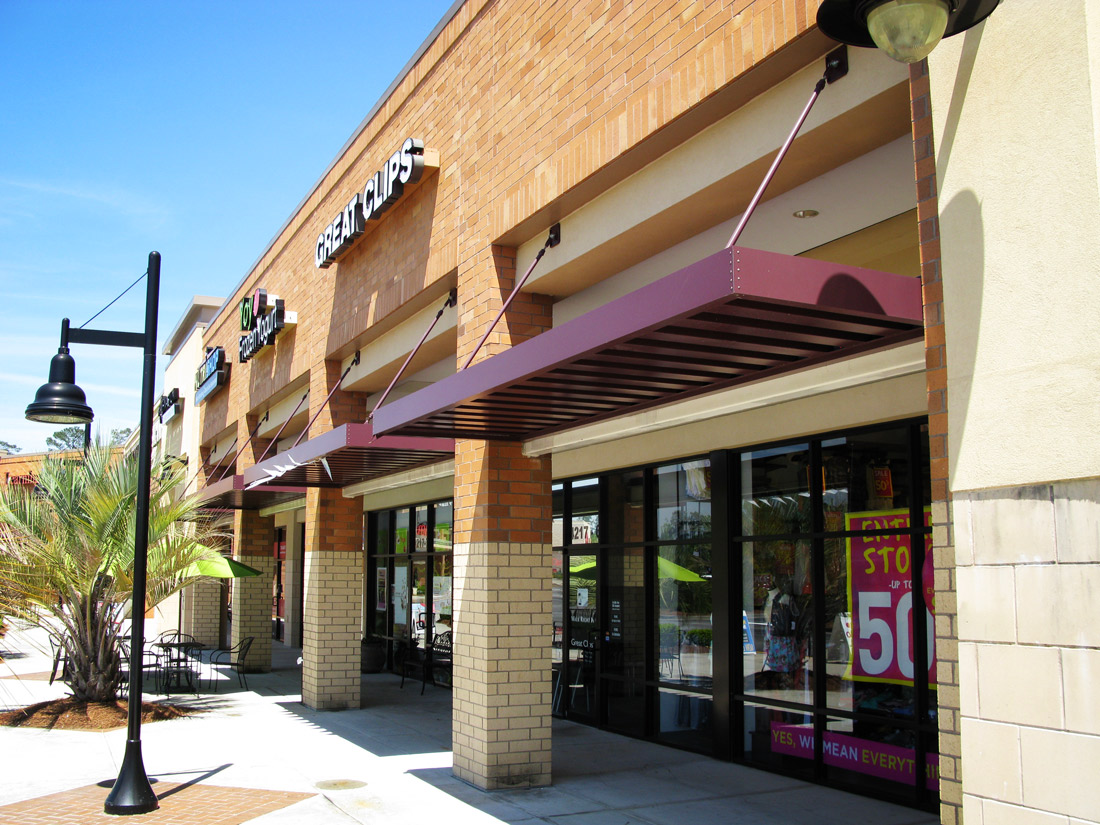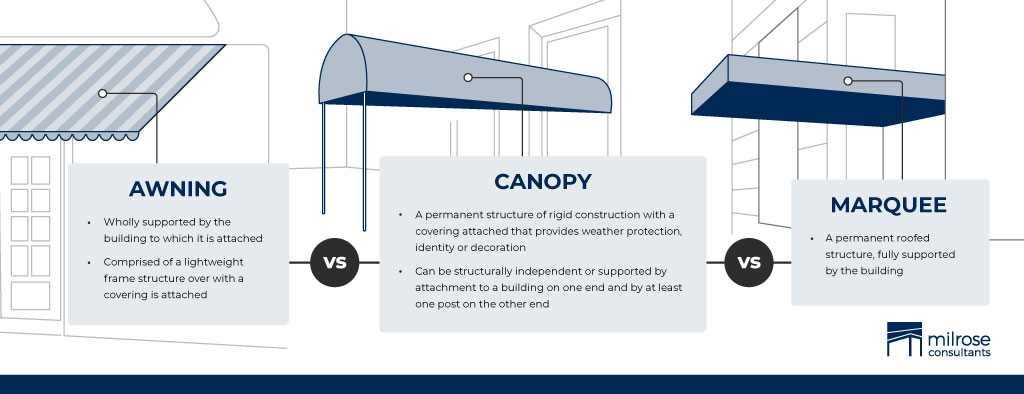Architectural Metals for Dummies
Table of ContentsNot known Factual Statements About Architectural Metals Not known Incorrect Statements About Architectural Metals Excitement About Architectural Metals
Light Blocks light to decrease glare as well as UV rays. Lowers natural lighting on gloomy or dark days. Boosts power consumption for artificial lighting on gloomy days as well as in winter. Blocks light to decrease glare as well as UV rays. Enables all-natural lights on over cast or dark days. Maintains power intake by allowing passive, natural lighting on gloomy days as well as in wintertime. Cover Product Frequently natural fiber (such as cotton) or vinyl, which are susceptible to fading and also UV damage. Exposed to added wear since it is completely open. Vulnerable to mold. Anticipated lifespan around 2-3 years. Solution-dyed polymers have actually the pigment imbued in the manufacturing, for optimum resistance to fading.

Pulling back during wintertime as well as when not in usage reduces damage from UV rays, wind, as well as other elements. Mildew resistant. 10-year service warranty, as well as anticipated lifetime of 12-15 years. architectural metals. Aluminium louvres can be adapted to give extra sun security and defense from rainfall, hailstorm, or snow. Have flexible turns at every angle in between fully open and also totally shut. Are rust-resistant. Aluminium louvres have actually an anticipated life expectancy of 12-15 years. Threading/ Seams Polyester or cotton threads are most common. The anticipated life expectancy is 2-3 years. PVC fabrics are heat secured, which stops separation. Solution-dyed polymers are sewn with GORE Tenara thread, which is UV immune, mildew-resistant, as well as endures exposure to seawater, acid, temperature changes, and also water.
Extruded light weight aluminum, which is naturally rust-resistant. Powder-coated, which produces a bond stronger than painting and also offers additional security. 25-year, non-prorated warranty on all frameworks Movement, Pitch, and also Setting Permanently open. Open at a dealt with angle. Tough to rearrange or to transfer to a various location. Can be unattractive as the awning ages or as the landscape style adjustments. Can be practically unseen when retracted, mixing into the lines of the structure. Can be totally opened or stopped at any kind of intermediate point for exact shade insurance coverage. Can have an adjustable angle, to give additional shade coverage or to enable drainage in light rain.
Architectural Metals for Dummies
All too typically, we are asked what the difference is between an Awning, Cover and also Marquee. For the advantage of all, listed below is a quick summary recognizing each of the categories: Awning, cover, & marquee are all terms specified in the Structure Code.: proprietors, architects, etc. frequently perplex the terms & call every little thing a 'cover' Rules regulating awnings, covers, & marquees are discovered both in the Building Ordinance & Zoning Resolution.

The location of an awning on a structure might be above a window, a door, or over the area along a pathway. With the enhancement of columns an awning becomes a cover, which has the ability to extend even more from a structure, as when it comes to an entrance to a hotel. architectural metals. Dining establishments typically utilize awnings wide sufficient to cover substantial outdoor area for outdoor eating, events, or function. In commercial buildings, an awning is typically repainted with details regarding the name, organization, and also address, hence working as a indication or billboard in addition to offering shade, damaging strong winds, and safeguarding from rainfall or snow.
What Does Architectural Metals Do?
Awnings were first utilized by the old Egyptian and Syrian worlds. They are defined as "woven mats" that shaded market delays and houses. A Roman poet Lucretius, in 50 BC, claimed "Linen-awning, extended, over magnificent theatres, provides forth at times, a have a peek here fracturing holler, when much't is defeated around, betwixt the poles as well as cross-beams". Amongst the most considerable awnings in the old globe was the velarium, the enormous complex of retracting color structures that could be deployed above the seats locations of the Roman Colosseum. Made from bed linen shadecloths, wood framing, iron sockets as well as rope, the system might properly color concerning one-third of the field and seating; an additional 3rd might be shaded by the high surrounding wall surfaces, offering a bulk of seats some shade on a blinding afternoon.
Awnings came to be common throughout the first fifty percent of the 19th century. During that time they consisted of hardwood or cast iron articles set along the pathway edge and also linked by a front cross bar. To provide support to bigger setups, tilted rafters linked the front cross bar to the building facade. The top end of the canvas was connected to the facade with nails, with grommets and also hooks, or by tiing the canvas to a head rod bolted to the exterior. The other (predicting) end of the canvas was curtained over or tied to a front bar with the edge commonly suspending to create a frame.
